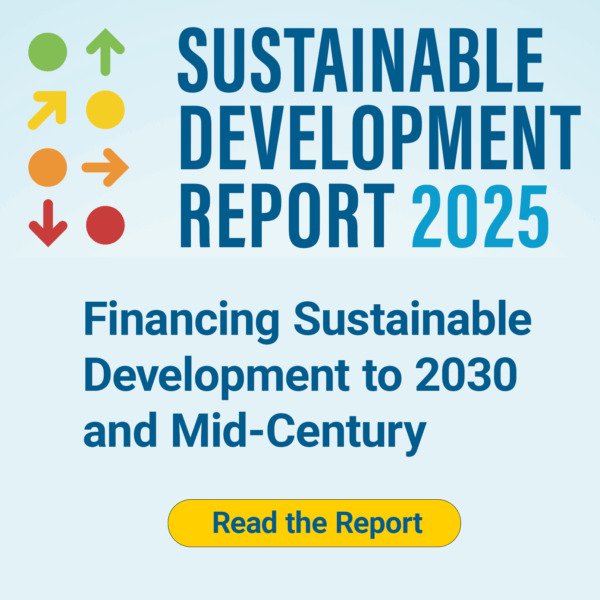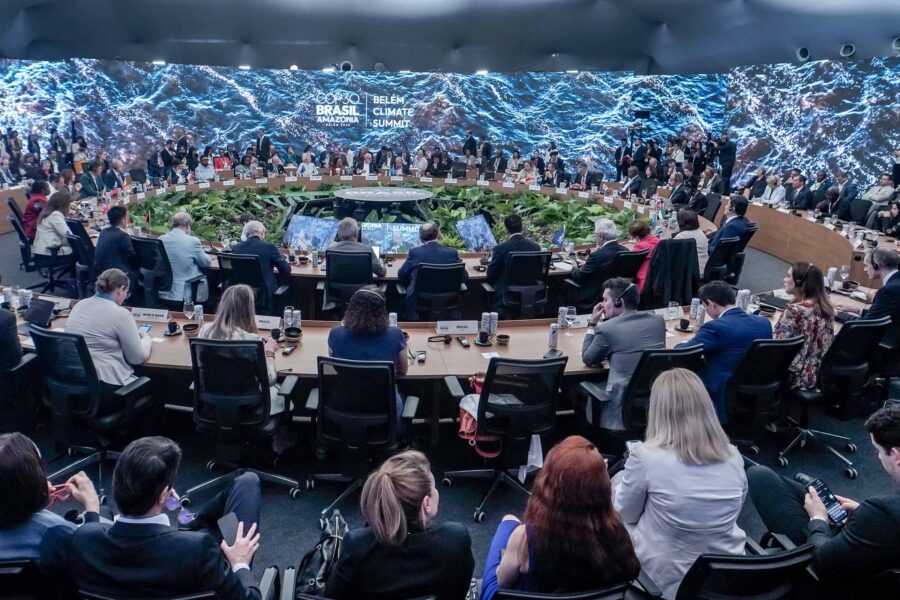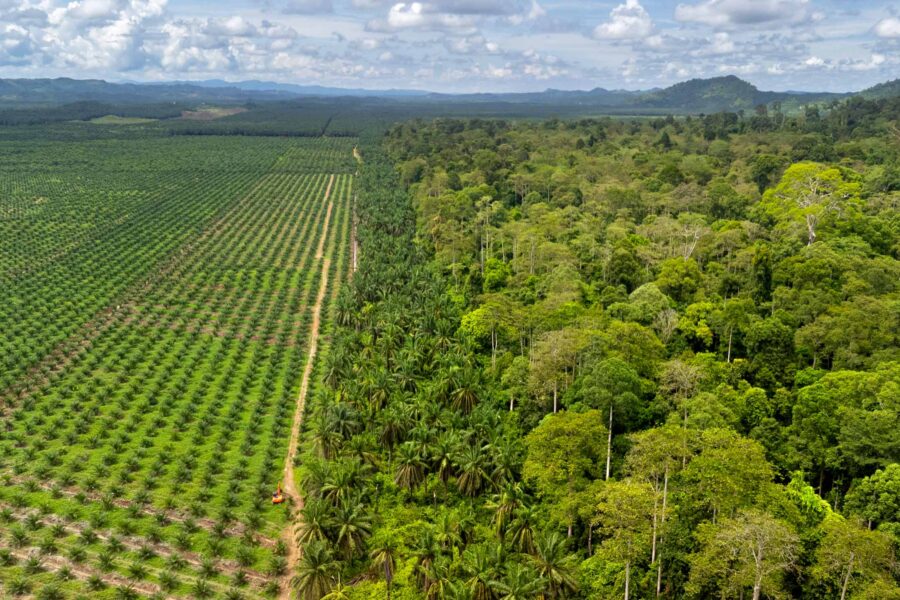Grids that prioritize renewables
With global attention fixed on accelerating the energy transition, a key question remains: how should we plan and develop grid infrastructure to keep pace with the transformation of our energy system?
Climate

The drive to combat pollution and climate change involves continuously replacing our traditional energy sources with cleaner, and often renewable, alternatives. Solar panel and wind turbine farms are expanding across the world, while energy storage plays a key role in balancing generation up-swings and down-swings. Electrification of heating systems and industry is also progressing, albeit at a slower pace. Some harder-to-abate sectors (aviation and maritime transport, for example) are also making progress in using decarbonized alternatives (such as synthetic fuels and biofuels).
Electricity grid infrastructure plays an increasingly significant role in this transition. Electricity is evermore the lifeblood of society and the economy: it is responsible for transporting energy from where it is “captured” to where it is “consumed.” Grid infrastructure has been expanding to facilitate this transfer, both for long-distance, high-volume transport (with high-voltage transmission grids) and for short-distance transport to end-consumers (with low-voltage distribution grids).
The pace of the transformation in many economies is unprecedented, both on the supply and demand sides. This requires a synchronized yet unprecedentedly rapid and strong reaction from grid infrastructure operators. Trinomics’ analysis of European grids for the EU indicates massive investments are needed in the coming years, and similar analyses across the globe indicate a similar pace in other regions.
How national contexts shape grid development
Grid infrastructure looks very different across the world. On one side, developed economies expand capacities to meet growing demand from electrification of transport, heating, and industry, while resolving other challenges with rapidly increasing generation from renewables. On the other side, some developing economies are in the nascent stages of ensuring all customers are connected and accounted for, while boosting supply reliability and security to acceptable levels. In the middle, various countries face their own challenges, many of which are shaped by local contexts that vary by country and region.
There is also much diversity in how these grids are managed. Traditionally, grid operators managed everything – from generating electricity to transporting it and then serving it to the end-consumer. Over time, many developed economies have moved toward liberalizing their energy markets, which has involved the unbundling of various other services from grid operation. This liberalization has been driven by various benefits, including:
- increasing competition in generation
- removing discrimination in grid access
- improving pricing transparency
- focusing investments in different sectors (which prevents cross-subsidies from causing over or under-investment)
Nowadays, in some markets, grid operators are fully separated entities managing only the transport part, billing generators and customers for the opportunity to use their network. Most countries, however, and particularly developing economies, still have vertically integrated entities that operate on the whole energy chain.
How regulation limits operation
Whether vertically bundled or unbundled, grid operators are carefully overseen by governments. Electricity is often perceived as a public good, and electricity transport has the characteristics of a natural monopoly. So, to improve the competitiveness of their industries and safeguard the wallets of their citizens, governments have paid close attention to what grid operators do – particularly what they charge for their services, and how they raise and invest capital.
Many vertically bundled operators are directly owned and/or operated by governments. Others may have partial ownership, or other rules for oversight. In most of Europe, for example, vertical unbundling rules have set up grid operators as distinct from a national regulator that oversees the operator’s activities.
Considering the governments’ perspective, and their oversight, grid operators face various limits on their activities. Some of the limits impact how issues arising from high renewables penetration and rapid electrification are resolved.
Financing constraints and regulation on returns
First, grid operators are heavily regulated on returns on investments and tariff mechanisms. This can translate into a general limitation on how much (and how quickly) financing can be mobilized by grid operators for investments. Limitations may prevent returns on operational expenditures (discouraging OpEx-heavy investments) and may be disconnected from the dynamic performance of grid operation. The specific regulations can also impact how flexibility assets (resources that help balance supply and demand) are treated, how demand response (the ability of users to change demand patterns) can be utilized, and what role digitalization can play in reducing costs and securing resilience.
Checks on long-term investment planning
Second, grid operators must respond to various checks and balances on their long-term investment plans. These plans are drawn up every few years by grid operators, detailing their intended buildouts and renovations of cables and lines, substations, control systems, digital and software tools, and other assets. Various government priorities and constraints can impact these plans. Three common lines of impact are:
- how much change in electricity supply and demand the grid operators perceive
- how much they plan to invest in response to supply and demand changes
- what form of work plan they set up for these investments
These checks ensure investments happen at the right amount (no over- or under-investment) and at the right time. However, the checks can also lead to investment plans that are too conservative in expectations of supply and demand, or investment plans that are too slow in responding to supply and demand growth. These aspects are especially relevant when both the supply side and the demand side are witnessing rapid change.
Supply chain pressures on grid build-out
Lastly, some grid operators are experiencing supply chain pressures. To implement their (approved) investment plans, grid operators procure various materials, mobilize the relevant workforce, and set out to obtain any remaining permits and approvals to carry out construction.
On the materials side, various shortages in the global supply chains, from basic materials (such as copper) to fully built end-devices (such as substation transformers), are dramatically increasing project timelines and pushing up project budgets.
For labor, staff shortages of a well-skilled workforce across the construction activities cause further delays. These issues are especially present in developed economies, including in Europe and North America.
Permitting and approvals can also be especially challenging in some countries, where local acceptance can delay the construction of some projects.
Unlocking grid readiness
Solutions typically target each issue individually. Yet the interconnected nature of the management of these grids means that solutions in one area can also impact issues in another.
Newer methods of regulating returns, including: approaches that compensate both capital expenditure (CapEx) and OpEx, often referred to collectively as “TotEx”; together with performance-based regulation (which ties returns to performance metrics); and other mechanisms for adjusting returns more quickly, are becoming highly relevant for improving grid investment. These methods improve financing options while requiring some adjustments in the techniques and processes of grid operation and long-term planning.
Likewise, improvements in the investment planning area can greatly improve the rapidity and scale at which grid operators can build out and renovate infrastructure. Further investments in digital tools (often OpEx-heavy) in grid operation can be instrumental in reducing overall costs, while improving the reaction speed to local or network-wide technical issues. In cases where transmission and distribution grids are unbundled, integrating planning efforts between the grid operators is very helpful. Anticipatory investments are also important, where grid operators are allowed to “over” invest initially, with the expectation that demand and/or supply would grow to make the investment worthwhile in the long term. Lastly, modern devices and electrified end-uses are increasingly usable for reacting to grid or market signals, and grid planning must consider their potential as “non-wire alternatives” to grid expansions.
Responding to recent supply chain disruptions is more nuanced. Many of the causes of supply chain disruptions are external to the grid operators (and their regulators). Nonetheless, methods described above for regulating the short-term operation and long-term planning of grids can be made more responsive and flexible. This dynamism would be particularly important in the more recent landscape with increasing material and labor shortages for projects. Cost increases for materials need not lead to multi-year delays when cost overruns require extra approvals: mechanisms can be in place to approve these rapidly on a case-by-case basis (and in some cases, structurally). Anticipatory investments, various rate of return adjustments, and non-wire alternatives can also reduce the pressure of supply chain disruptions on grid operation.
Conclusion
As renewables and electrification continue to grow, grids are sometimes becoming the limiting factor. Visions of a clean and fully decarbonized society inevitably involve many cables and lines funneling vast amounts of energy through long distances and crowded environments. To get to a situation where our clean energy sources are connected to our clean end-uses reliably and cheaply, we must ensure that the right conditions are in place for all the relevant infrastructure to be built out and operated where it’s needed most.






